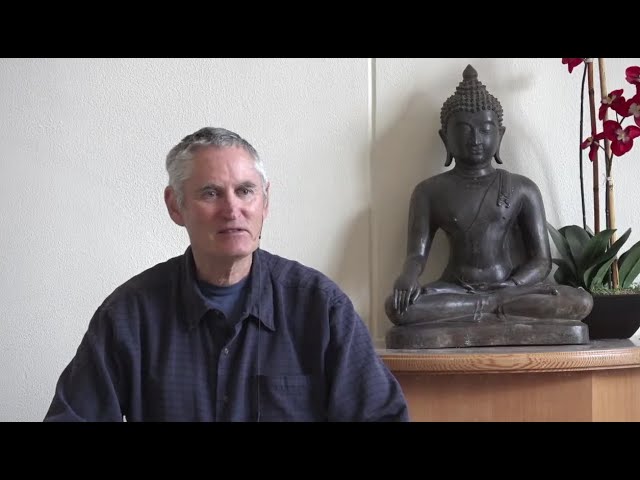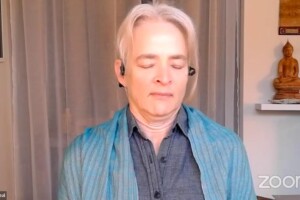
I am excited to delve into the fascinating topic of Reactivity and Non Reactivity, as explored by Tanya Wiser.
Introduction
Hey there, folks! Today I’m diving deep into the fascinating world of Reactivity and Non-Reactivity. Picture this – you’re in a situation where your emotions are all over the place, and you can either react impulsively or choose a calmer, more collected response. That’s where the concept of reactivity and non-reactivity comes in. Join me on this journey as we unravel the layers of emotions and reactions.
Understanding Reactivity
When we talk about Reactivity, we are referring to that knee-jerk reaction we often have in response to certain triggers. It’s like being on autopilot, where our emotions take the driver’s seat and logic gets shoved to the back. Reactivity can lead to heated arguments, hasty decisions, and overall chaos in our lives.
The Impact of Reactivity
- Increased stress levels
- Strained relationships
- Poor decision-making
- Emotional exhaustion
Reactivity is like a wildfire, spreading rapidly and leaving destruction in its wake. So, how do we combat this fiery nature within us?
Embracing Non-Reactivity
Now, let’s shift gears to Non-Reactivity – the art of staying cool, calm, and collected in the face of adversity. It’s about taking a step back, assessing the situation, and responding mindfully rather than impulsively.
The Power of Non-Reactivity
- Improved emotional intelligence
- Stronger relationships
- Enhanced problem-solving skills
- Inner peace and balance
Choosing non-reactivity doesn’t mean suppressing your emotions; it means acknowledging them and choosing a more measured response. It’s like being the captain of your own ship, steering through turbulent waters with grace and composure.
Tips for Cultivating Non-Reactivity
- Practice Mindfulness: Stay present in the moment and observe your thoughts and emotions without judgment.
- Deep Breathing: Take deep, soothing breaths to calm your mind and body in stressful situations.
- Pause Before Reacting: Give yourself a moment to think before responding impulsively.
- Empathy: Put yourself in the other person’s shoes to gain a different perspective.
Conclusion
In the grand symphony of emotions, reactivity and non-reactivity are the contrasting notes that define our responses to the world around us. By acknowledging our tendencies towards reactivity and embracing non-reactivity, we pave the way for a more harmonious existence, both within ourselves and in our interactions with others.
FAQs
-
How can reactivity affect my relationships?
Reactivity can strain relationships by leading to misunderstandings, arguments, and hurtful exchanges. -
Why is cultivating non-reactivity important?
Practicing non-reactivity enhances emotional intelligence, promotes healthier relationships, and fosters inner peace. -
Where can I find more resources on managing reactivity?
You can find helpful tips and resources on the Pacific Standard website to support you in navigating reactivity challenges. -
Can I donate to support the resources on the center’s website?
Yes, you can contribute by donating on the Pacific Standard website to help fund the availability of valuable information and tools. -
Are there audio talks on the center’s website related to reactivity and non-reactivity?
Absolutely! You can explore a variety of audio talks on the website that delve into topics such as managing emotions and fostering mindfulness practices.





